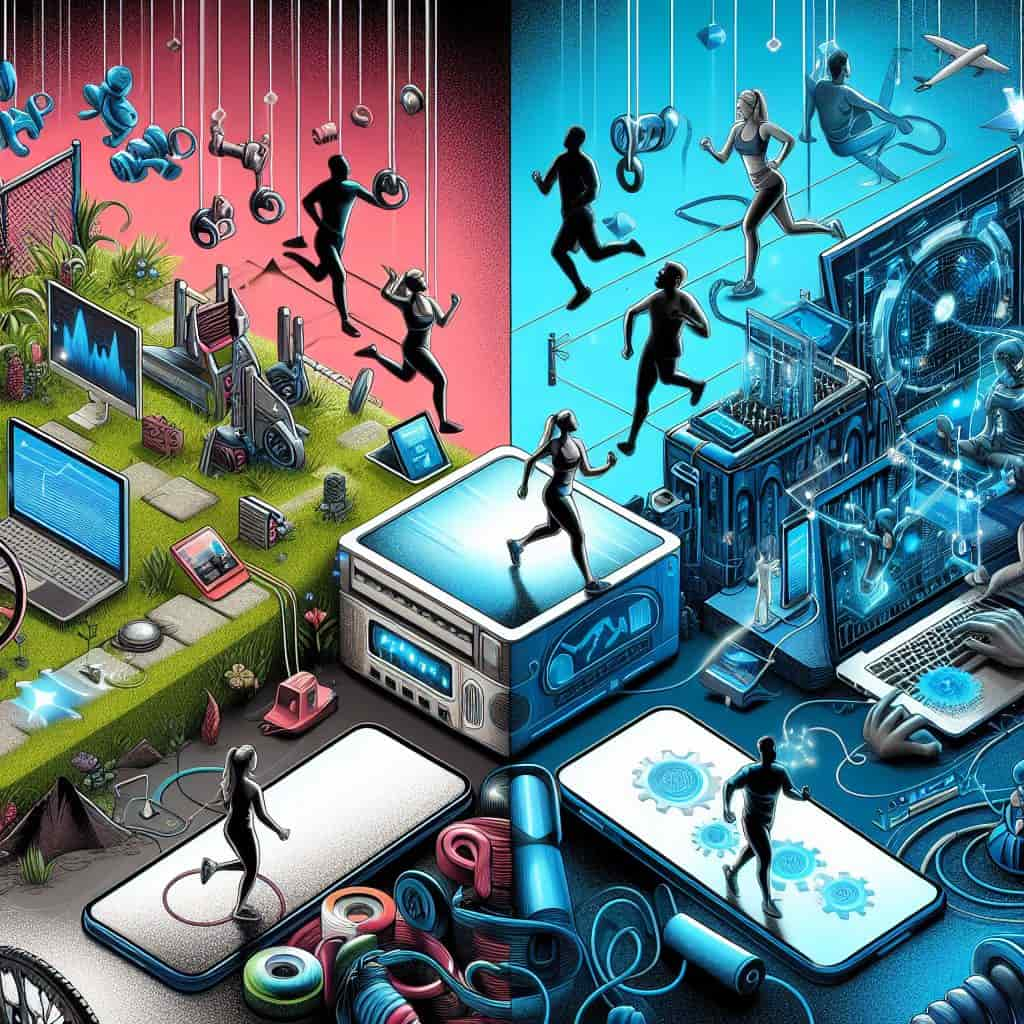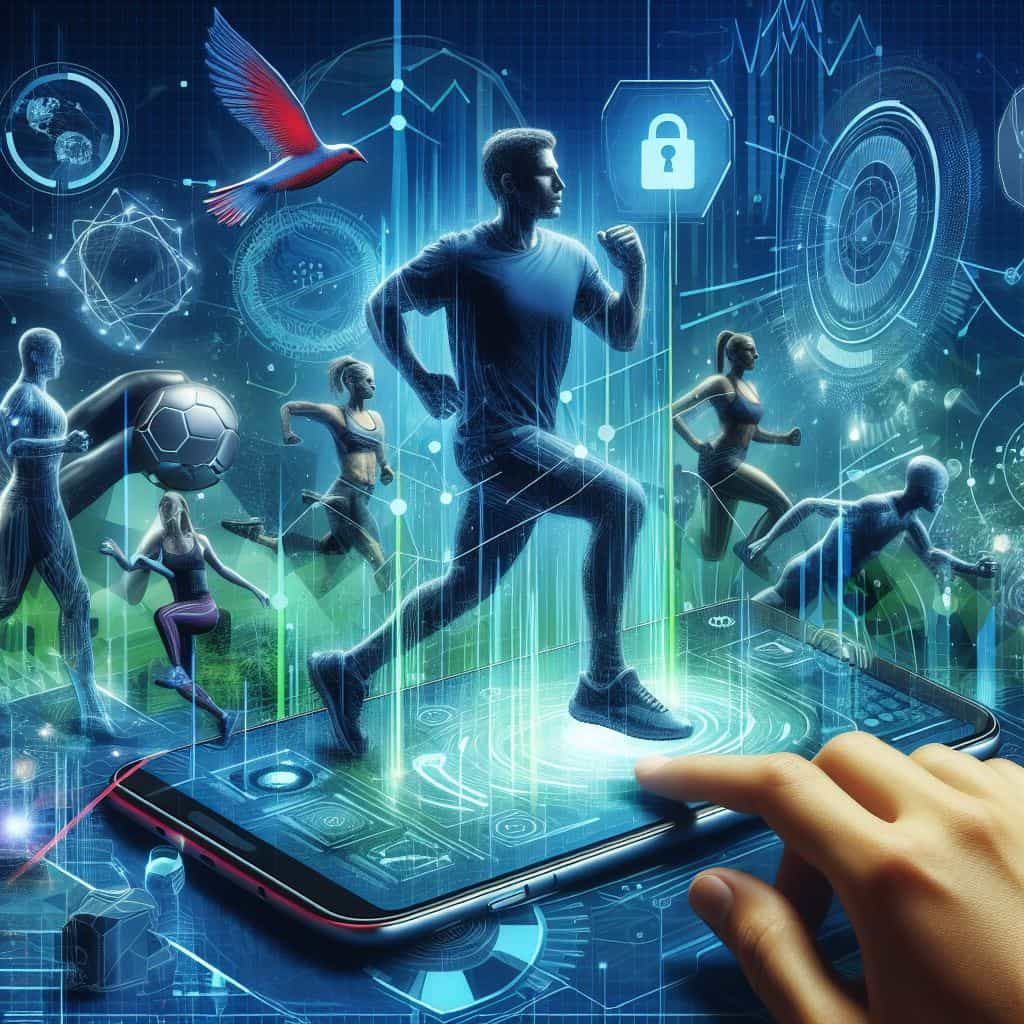How Technology Has Affected People’s Activity Levels

Technology has profoundly impacted many aspects of our lives, including how active or sedentary we are. While technology has made life more convenient in many ways, it has also contributed to more sitting and less movement overall for many people.
Ways Technology Has Reduced Activity
There are several ways in which the rise of technology has reduced physical activity among both children and adults.
More Sedentary Entertainment
The proliferation of screens for entertainment purposes has encouraged more sitting. Time spent watching TV, browsing the internet, playing video games, and using smartphones and tablets quadrupled between 1960 and 2010. This sedentary screen time has reduced time spent on more active pastimes.
Less Active Transportation
More motorized transportation has replaced walking and biking in many instances. Automobiles have become the standard mode of transportation, while communities have become more sprawling. Long commutes make active transportation less feasible for many people.
More Automation at Home and Work
Labor-saving devices have reduced the need for physical exertion in many daily tasks. At home, appliances like dishwashers, vacuums, and washing machines have replaced more active tasks. In the workplace, automation has also reduced physical demands. Less active jobs now make up 80% of occupations.
Communication Shifts
Communication has shifted from face-to-face to more technology-mediated interactions. People are more likely to send emails or texts than walk to talk in person to coworkers or neighbors. Virtual meetings have also reduced walking between meetings or shared gathering spaces.

Ways Technology Has Increased Activity
However, technology has also enabled new ways for some people to be more active. The impact depends a great deal on how individuals choose to integrate technology into their lifestyles.
Activity Trackers
Wearable devices and apps can track steps, exercise, and other activity levels, promoting movement through self-monitoring. Fitness trackers alone increased daily steps by 27% in a study of over 500 people. They boost awareness of activity habits.
Exercise Equipment and Apps
Technology has enhanced home exercise options with online workout programs, apps that guide exercise, and equipment like treadmills with screens. These provide exercise opportunities without leaving home. On-demand workouts make it easy to fit exercise into any schedule.
Remote Work Options
More flexible remote work policies enabled by technology allow movement to be integrated more freely into workdays at home. Remote workers tend to walk and move more during the day by pacing during phone calls, walking around neighborhoods, etc.
Health Education & Promotion
Health resources provided through technology can give people motivation and direction to be more active. Online communities like blogs and forums offer activity tips and social support. Push notifications from apps can provide reminders and inspiration for movement.

Optimizing Technology Use for Activity
There are ways to thoughtfully integrate technology to enhance rather than hinder activity levels. Individual effort is key to overcoming technology’s innate tendency towards passive lifestyles.
Set Limits on Recreational Screen Time
Be mindful of time spent on devices and prioritize more active hobbies instead. The WHO recommends limiting recreational screen time to 2 hours per day. Building non-tech-based fun into schedules ensures adequate activity.
Use Tech to Facilitate Active Transportation
When possible, choose walking, biking, or public transit to commute and get around town, utilizing apps to map out routes ahead of time. Make active errands a daily habit.
Take Movement Breaks
Set reminders to get up and move throughout the day, especially if working at a desk. Short 2-5 minutes of walking or stretching breaks can add activity to long sedentary periods.
Choose Active Versions
Select active forms of entertainment and communication when possible, like video games that require movement or walking meetings. Prioritize activities that strategically integrate physical activity.
Let Tech Provide Motivation
Use apps, wearables, online communities, or social media sharing to spur motivation to stay active. Tech can inspire progress tracking, social support, and more.
FAQs
How Many additional hours per day do people spend sitting because of technology?
It’s estimated that on average, technology accounts for 1-2 additional sedentary hours per day for most people. However, the amount varies significantly based on individual lifestyle and technology usage habits. Some research has found increases of up to 5 hours per day from excessive screen time.
What is the single biggest factor reducing activity due to technology?
The rise in passive screen-based entertainment and communication is likely the single biggest technological shift reducing physical activity. Time spent on screens for recreation and work has dramatically increased, replacing more active pursuits.
Can technology realistically help reverse declining activity levels?
Yes, technology can certainly be harnessed to effectively promote more active lifestyles for those who thoughtfully integrate it. While technology inherently promotes sitting, it also provides tools to foster movement if used deliberately. Activity trackers, apps, online resources, and communities can all motivate more movement.
How can parents limit the negative effects of technology on kids’ activity?
Parents can set limits on recreational screen time, encourage active play and hobbies, replace sedentary commuting with walking/biking when feasible, and set a positive example of themselves by being active role models. Family activities focused on movement are also beneficial.
What technology-related changes would help promote greater activity?
Some broader societal shifts could promote activity, like more pedestrian-friendly and walkable community design, active design standards in offices/schools, reduced reliance on automobiles, and building movement into public spaces. Leveraging tech as a motivational tool can also be impactful.





